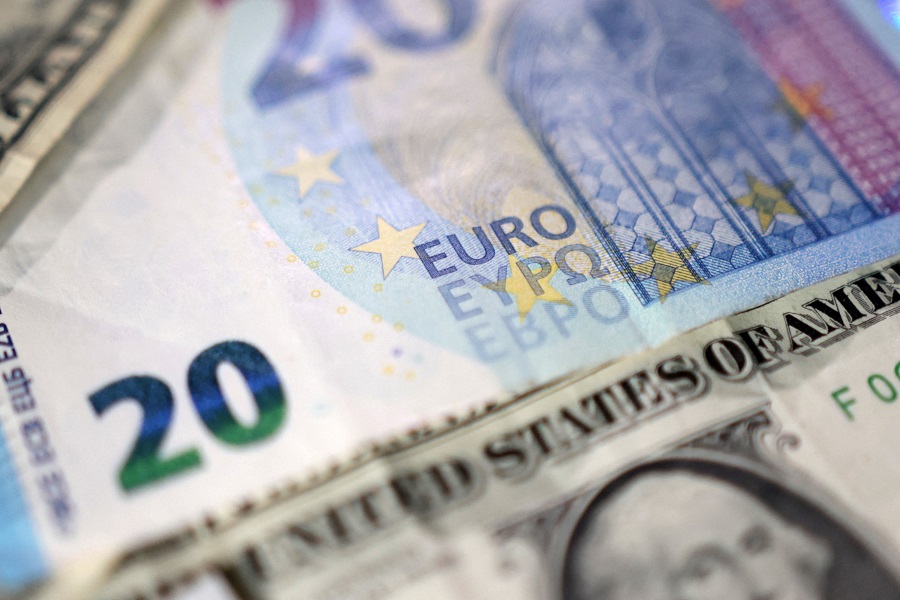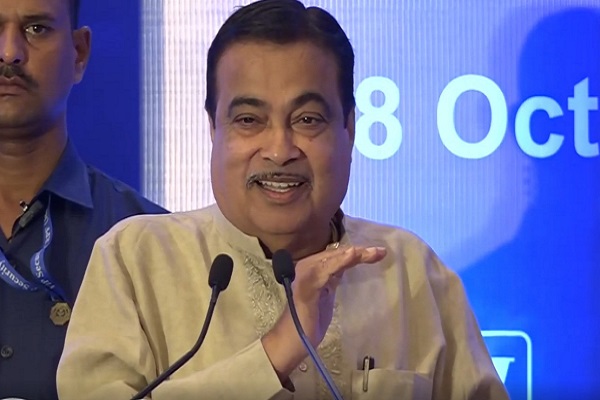Economy Update : External sector balances remain benign; capital flows key by Kotak Institutional Equities

External sector balances remain benign; capital flows key
The 4QFY25 current account balance improved to a surplus of US$13.5 bn (1.3% of GDP), led by the narrowing of goods trade deficit and a robust invisibles surplus. Capital flows remain weak. We maintain our FY2026E CAD/GDP at 1% (0.6% in FY2025). We pencil in USD-INR to average around 86.1 in FY2026E.
Current account moved to surplus in 4QFY25
The 4QFY25 current account moved to a surplus of US$13.5 bn (1.3% of GDP) compared with a deficit of US$11.5 bn in 3QFY25 (Exhibit 1). Goods trade deficit narrowed sharply to US$59 bn (3QFY25: US$79 bn), while net invisibles surplus rose to US$73 bn (US$68 bn), aided by a higher non-software surplus at US$12 bn (US$10 bn). Non-software surplus tripled in 2HFY25, driven by travel and financial services, and professional/management consulting services. Net software exports were steady at US$41 bn (Exhibit 2).
Capital account deficit narrowed in 4QFY25
Capital account deficit narrowed in 4QFY25 to US$5.6 bn (3QFY25: US$26.6 bn), revised down from US$26.8 bn. The narrowing was driven by a surge in ECB inflows (US$8 bn versus US$4 bn in 3QFY25) and a deceleration in the pace of foreign investment outflows (US$5 bn versus US$14 bn in 3QFY25). Net FDI inflows were muted at US$0.4 bn. Overall, 4QFY25 BOP was in surplus at US$9 bn ((-)US$38 bn in 3QFY25).
BOP turned marginally deficit in FY2025
CAD/GDP narrowed to 0.6% in FY2025 from 0.7% in FY2024. Goods trade deficit widened to US$287 bn, while services surplus expanded to US$189 bn, along with a steady flow from remittances. Capital account surplus weakened significantly to US$17 bn due to a sharp drop in net FDI and FPI inflows (Exhibit 3). Overall, BOP was at (-)US$5 bn, while FX reserves increased by US$21.9 bn.
FY20206 external sector balance comfortable; INR to trade in a broad range
We maintain our FY2026E CAD/GDP estimate at 1.0% (US$40.6 bn), led by the widening of the trade deficit and a broadly steady invisibles surplus (Exhibit 4). Notably, given the policy uncertainty in the US, we remain cautious about the robustness of the services surplus. Furthermore, we expect an improvement in capital account flows in FY2026E (green shoots in net FDI inflows visible in April 2025 at US$3.9 bn), resulting in a marginal BOP deficit of around US$8 bn. INR may remain under pressure from (1) volatile capital flows, (2) continued uncertainty from trade and tariff policies, (3) an asynchronous global monetary policy cycle and (4) periodic geopolitical escalations. However, we expect the uncertainty on the US exceptionalism theme to weigh on the US Dollar, providing support to the EMFX space. The two-way moves witnessed in the Indian Rupee in CY2025 signal a clear shift in the RBI’s FX management policy, creating room for wide-ranging moves. We, accordingly, expect USD-INR to trade in the range of 84.00-88.00 for the rest of the year and maintain our FY2026E average at 86.1, keeping in mind the wide swings in USD-INR and the RBI’s intervention as and when necessary to cap weakness (Exhibit 5).
Above views are of the author and not of the website kindly read disclaimer


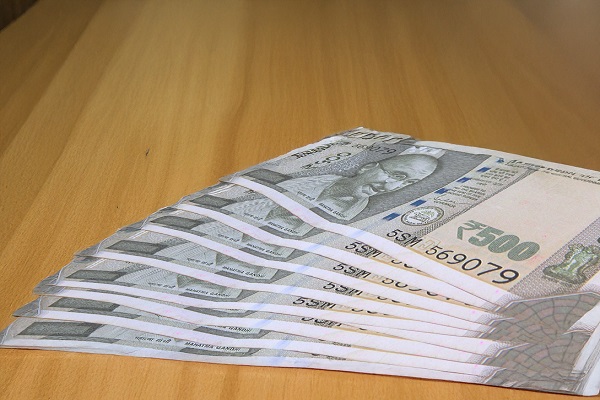



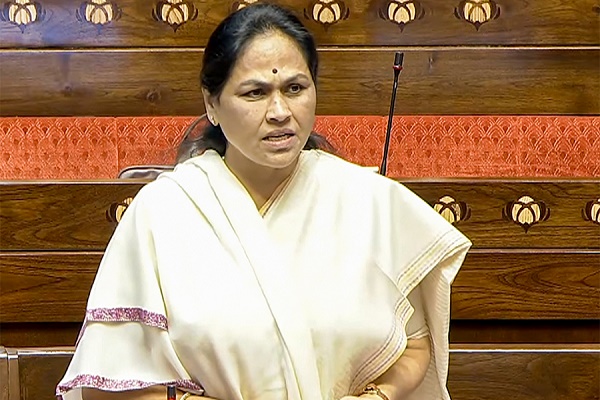

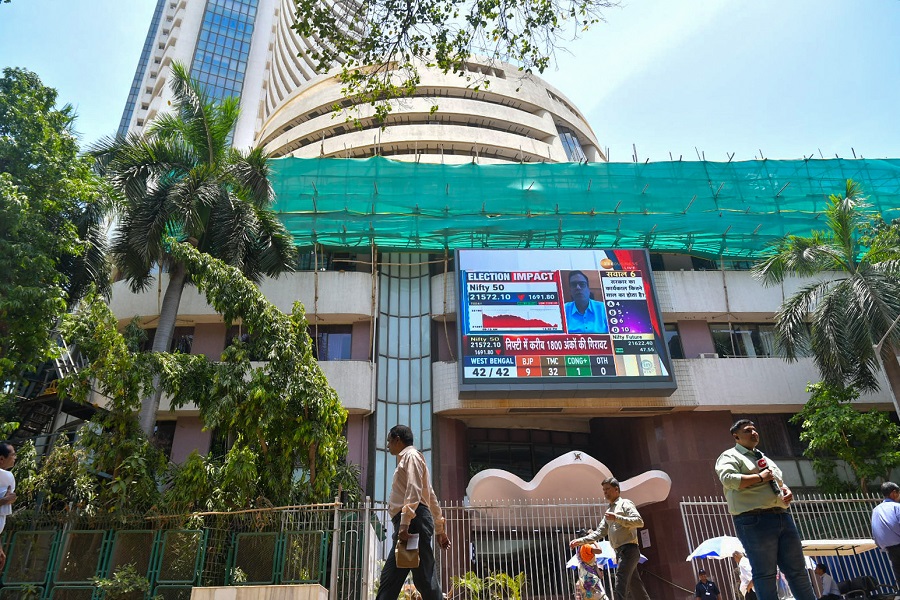
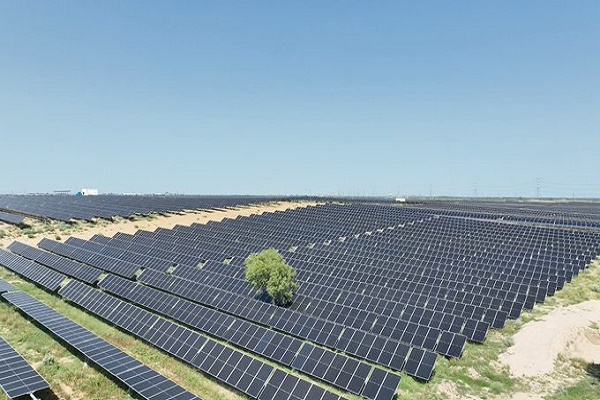
Tag News

India`s direct tax collection clocks 8 pc growth at Rs 17.05 lakh crore in April-Dec






